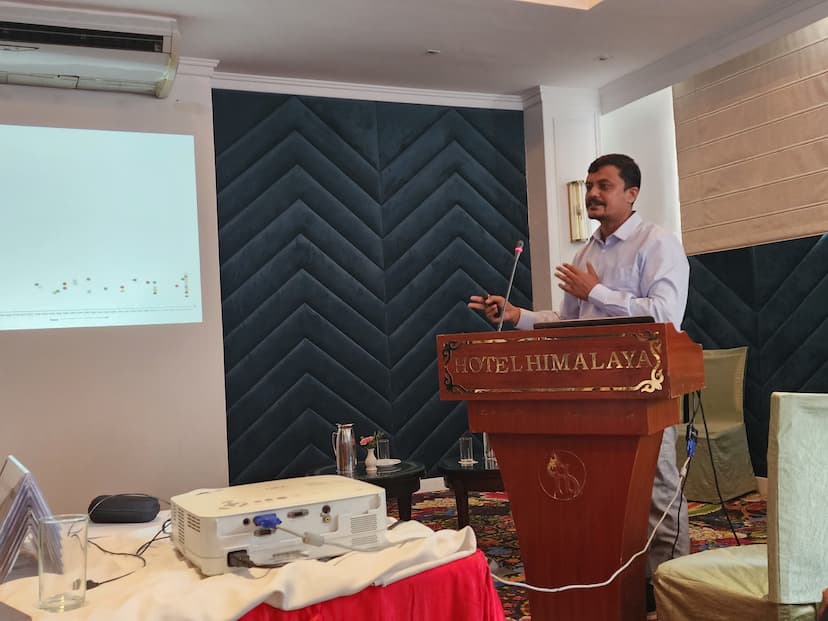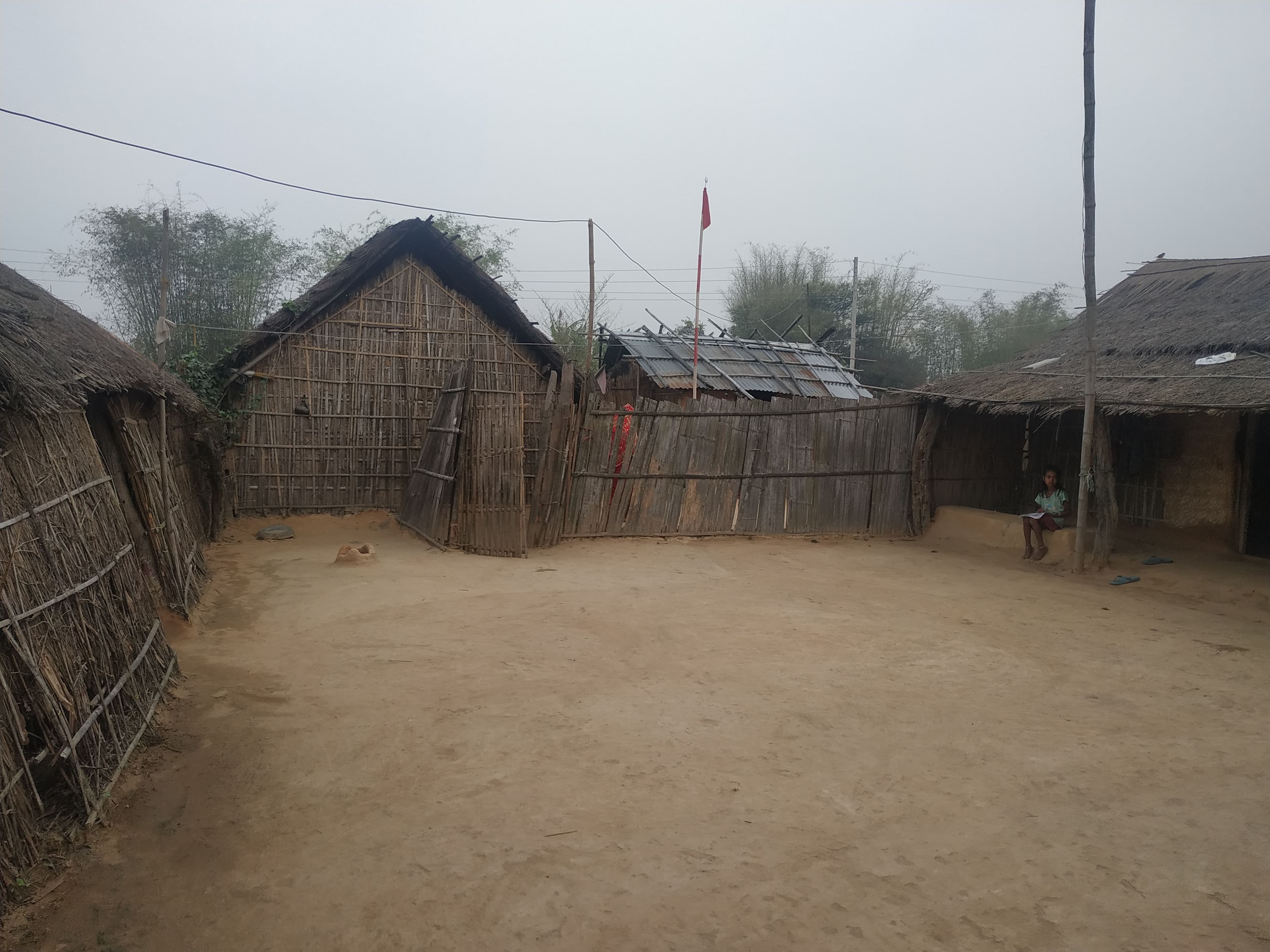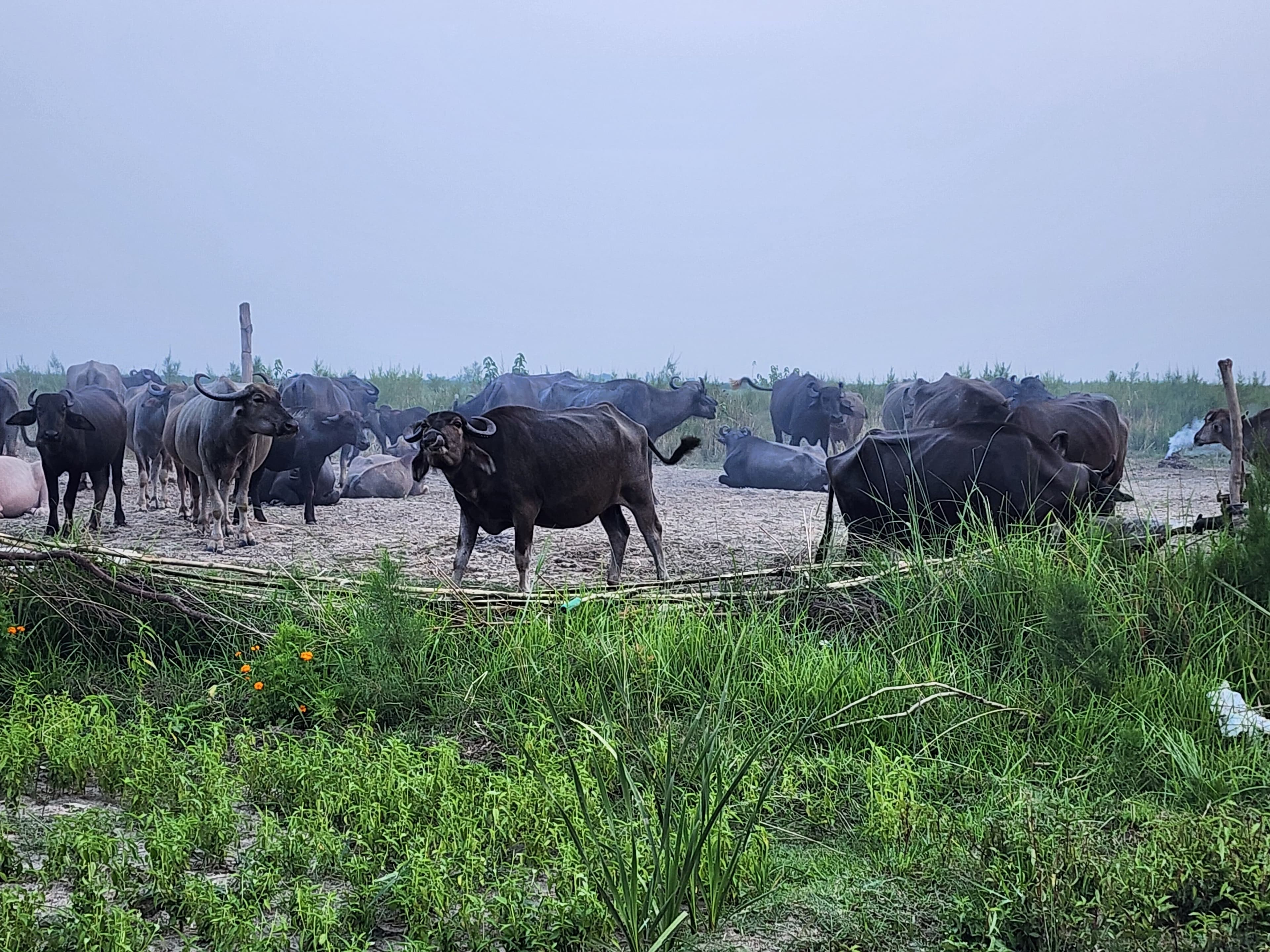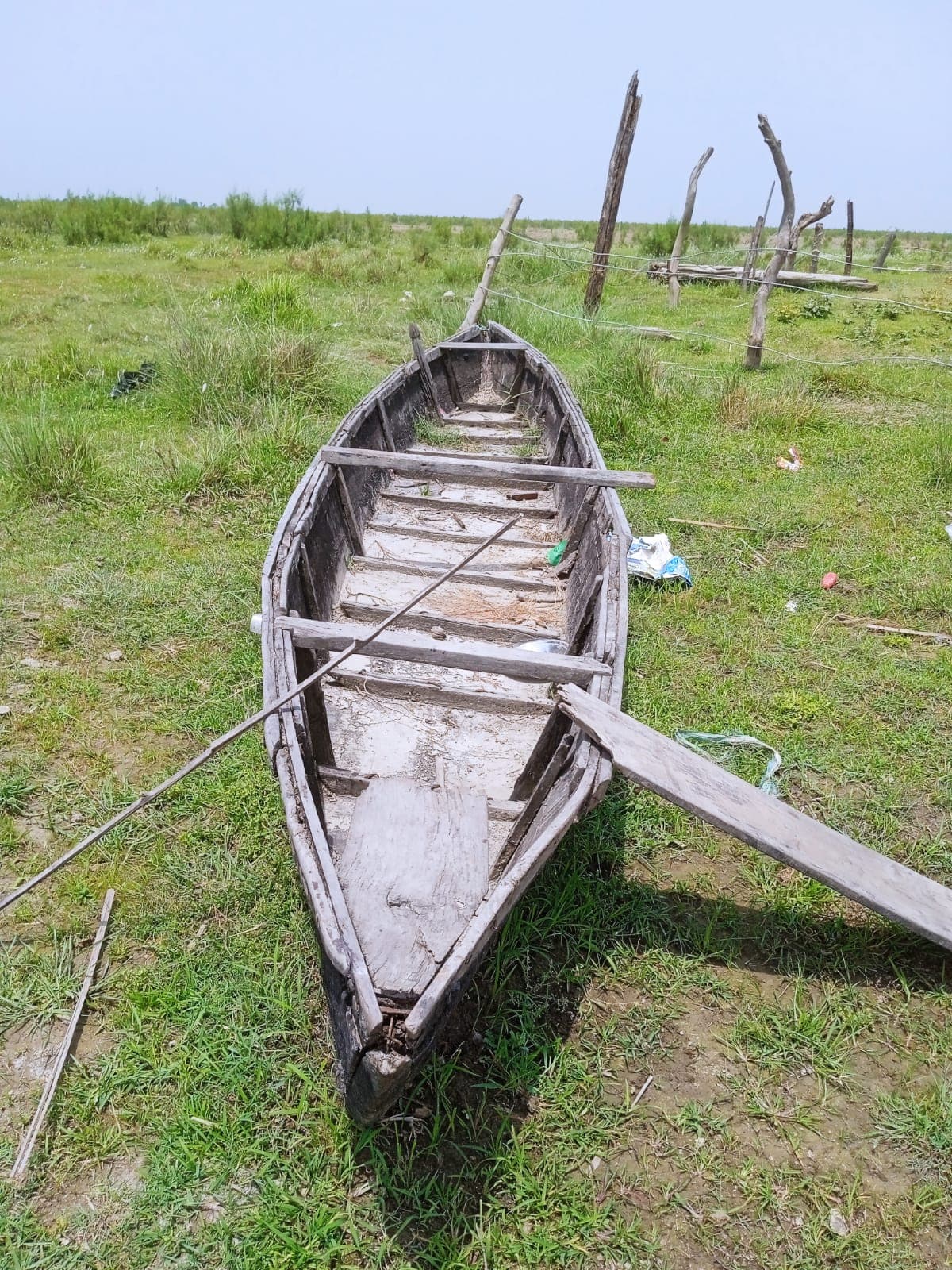Traditional and local knowledge to disaster risk reduction
Traditional and local knowledge can play a crucial role in disaster risk reduction efforts. Such knowledge is often deeply rooted in the culture and experience of a community and can offer valuable insights into how to prepare for, mitigate, and respond to disasters.
Featured Stories
MoreBlogs & News
MoreField Visit to Koshi
In March 2022, a team of researchers at Center for Conservation Biology, Kathmandu Institute of Applied Sciences, led by Dr. Prakash K Paudel embarked on a field data collection mission to the Koshi Flood region. The team includes Arjun Lamichhane, RC Timilisina and Durlav Rayamajhi. The purpose of the mission was to collect information regarding traditional knowledge on disaster risk reduction. The team began their survey and discussion from the Bachhi village, where they stayed for a week. The village is located near Triyuga River and is known for its high susceptibility to natural disasters, particularly flooding. The team was overwhelmed by the positive response and hospitality from local communities. The researchers used several approaches to collect both qualitative and quantitative data on disaster risk reduction that have been in practice for several generations in the region. They identified several approaches that will be instrumental in developing effective disaster risk reduction strategies for the region.

Research Presenatation: EbA Kathmandu Conference III
Raja Ram Chandra Timilsina delivered a presentation titled "Living in Koshi floodplain: Mobile human settlement and reliance on local resources are adaptation strategies to disaster risk reduction" on September 28th, 2022 at the EbA Kathmandu Conference III, organized by the Resources Himalaya Foundation. The presentation focused on the unique adaptation strategies employed by local communities living in disaster-prone areas. These strategies were based on the communities' socio-cultural systems, local context, and environmental resources. One of the key findings shared during the presentation included a detailed examination of how the communities in Sri Lanka Tappu (Gariya Tappu) and Gobargada villages, living along Koshi floodplains are coping with recurrent floods and river channel shifting. The findings revealed that the abundant and productive lands in these areas provided critical livelihood support for the communities, who relied heavily on animal husbandry and agriculture production. Additionally, a swift shift of human settlement in response to the change in the river channel was found to be an effective coping strategy. Almost all of the construction materials of houses and buffalo sheds (98%) in these areas were made of three plant species that were abundant in the surrounding environment. Furthermore, the houses were designed in such a way that they can be disassembled into several pieces, making them easier to transport and assemble in case of need. The study concludes that these unique adaptation strategies are critical for local communities' resilience to disasters, and they should be given full consideration in future disaster risk reduction strategies in similar areas.
Yatra to Gobargada
On May 23rd, 2022, we made the decision to visit Koshi for the second time, leaving Kathmandu. At approximately 3:30 pm, we arrived in Bhardha and immediately took an auto-rickshaw to Hanuman Nagar, where we planned to travel to Gobaragada, situated in the southern part of the Saptari district, about 7km from the east-west highway. This island-like village in the middle of the Koshi River, near the border of India, presented a transportation challenge as no services were available except for boating. We informed the local police station of our intention to visit Gobargada and contacted the representative of Hanuman Nagar Kankai Municipality-13, Mr. Kusheshwor Yadav, who welcomed us warmly and promised his support. Though he would not be staying in the village, he assured us that he would inform all the villagers to assist and help us. Local markets run every Monday and Thursday in Gobargada, locally known as Hatiya. People from different villages come to sell their local products and buy necessary items. During our visit, we bought a fresh watermelon and relished it. Shortly after, Mr. Yadav introduced us to a villager who offered to accompany the village and provide help if needed. As we began walking, he advised us to change our clothing, remove our shoes and socks, and wear shorts, as we would need to cross several small rivers with water levels up to 4-5 feet. We were surprised as we had been informed that boat services were available for every river, regardless of size. When we asked the man, Mr. Sada, about the boat service, he replied with a smile, "sir, boat service is only available for the big river; we have to cross all the small ones ourselves." We had no other option but to follow his instructions and embark on our journey to Gobargada.






